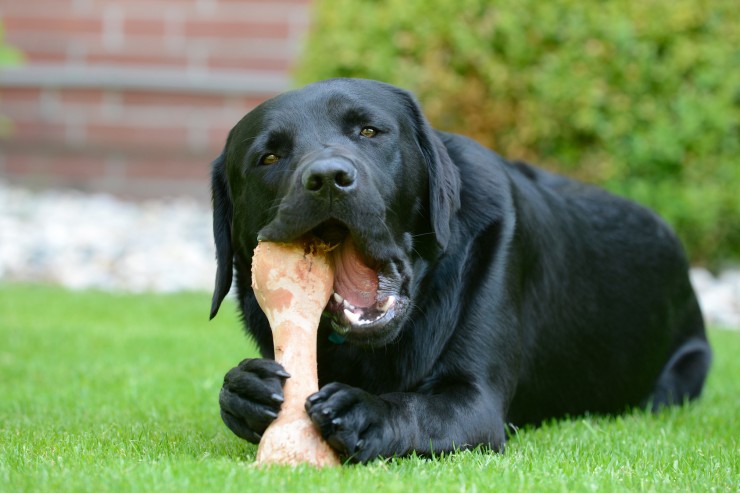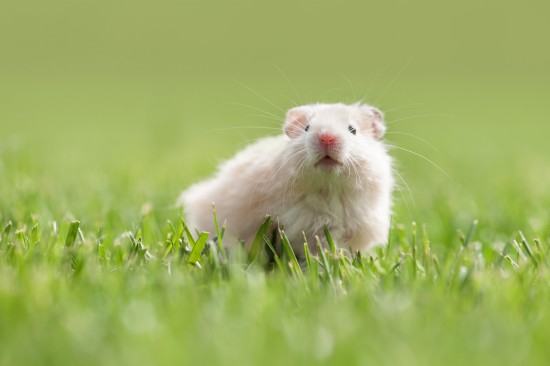We all know that compared to other dogs, Labradors can grow really big. Even with their comparatively large sizes however, a lot of families still consider them great additions to the family. This is because one great quality of the Labrador retriever is its natural friendliness. You shouldn't forget though that just like other dogs, Labradors need to be properly trained too. Here are things you need to do for Labrador retriever training.
Start Early
As with every other dog breed, Labrador retriever training should begin at an early age. Common sense would tell any dog owner that untrained adult dogs normally can't be weaned away from their acquired and uncontrolled habits. Starting your Labrador retriever training early means that you have the benefit of training a still impressionable puppy. One other reason why you should start training early is because Labrador retrievers grow really big and heavy. Their large adult size makes it more difficult to control them.
Socialize Your Lab
One vital component of Labrador retriever training is socialization. This simply means that you have to take the extra effort to introduce your dog to other people, animals and different sights and sounds.
You can easily socialize a Labrador puppy by taking it to the market or for a walk. It would also be a nice idea to gradually introduce it to moderately populated parks. You should take note though that you should never leave your Labrador alone during socialization because you should be around for your Lab if it becomes anxious during the initial stages of socialization.
Use the Leash and Start with Basics
Like most other dogs, Labradors need to be taught first how to stay, sit and come. You should ideally perform this part of Labrador retriever training with a leash. Using a leash at an early age can help your Labrador to adjust to having a leash. This would later limit its tendency to struggle against leashes and control. Use a leash while telling it to sit or stay.
One important thing to remember about Labrador retriever training is that consistency is the key. You may therefore need to involve all the members of your household in training your dog. This will ensure that whatever you impose will be supported and imposed by other members of the family. Inconsistency could muddle up your training resulting in a confused dog.
Exercise Regularly
Labradors are so full of energy and enthusiasm so you would have to use up that energy in desirable behavior to stop it from developing bad patterns. One way to do that is through healthy play and exercise. You can take your Labrador along for walks or for a play session at the park. Labrador retriever training should also always involve fetch training sessions. As your dog's name would suggest, your Lab is a natural at playing fetch.
Use Positive Reinforcement
Labrador retriever training should ideally involve only positive reinforcement. This is really just a fancy name which means that you shouldn't use force and punishment on your Lab. Instead of traditional punishment techniques, you should instead reward and praise your dog for good behavior.

 Five Fun Ways To Put A Smile On Your Dog’s Face During Hot Weather
Five Fun Ways To
Five Fun Ways To Put A Smile On Your Dog’s Face During Hot Weather
Five Fun Ways To
 Feeding A Commercial Raw Food Diet To Your Dog
Feeding A Commerc
Feeding A Commercial Raw Food Diet To Your Dog
Feeding A Commerc
 Great Dane Hereditary Health And Longevity
Great Dane Heredi
Great Dane Hereditary Health And Longevity
Great Dane Heredi
 Samoyed Dog Hereditary Health And Health Testing
Samoyed Dog Hered
Samoyed Dog Hereditary Health And Health Testing
Samoyed Dog Hered
 How To Train Your Hamster
How To Train Your
How To Train Your Hamster
How To Train Your